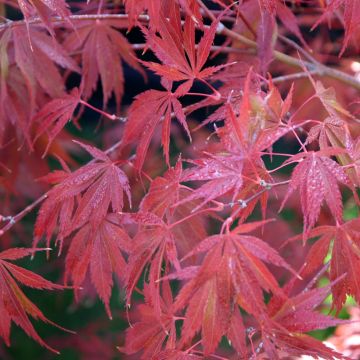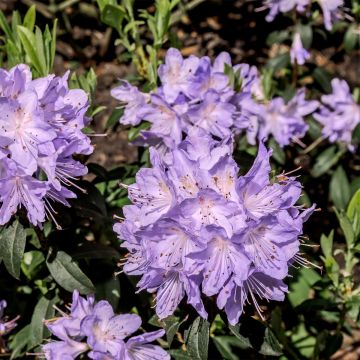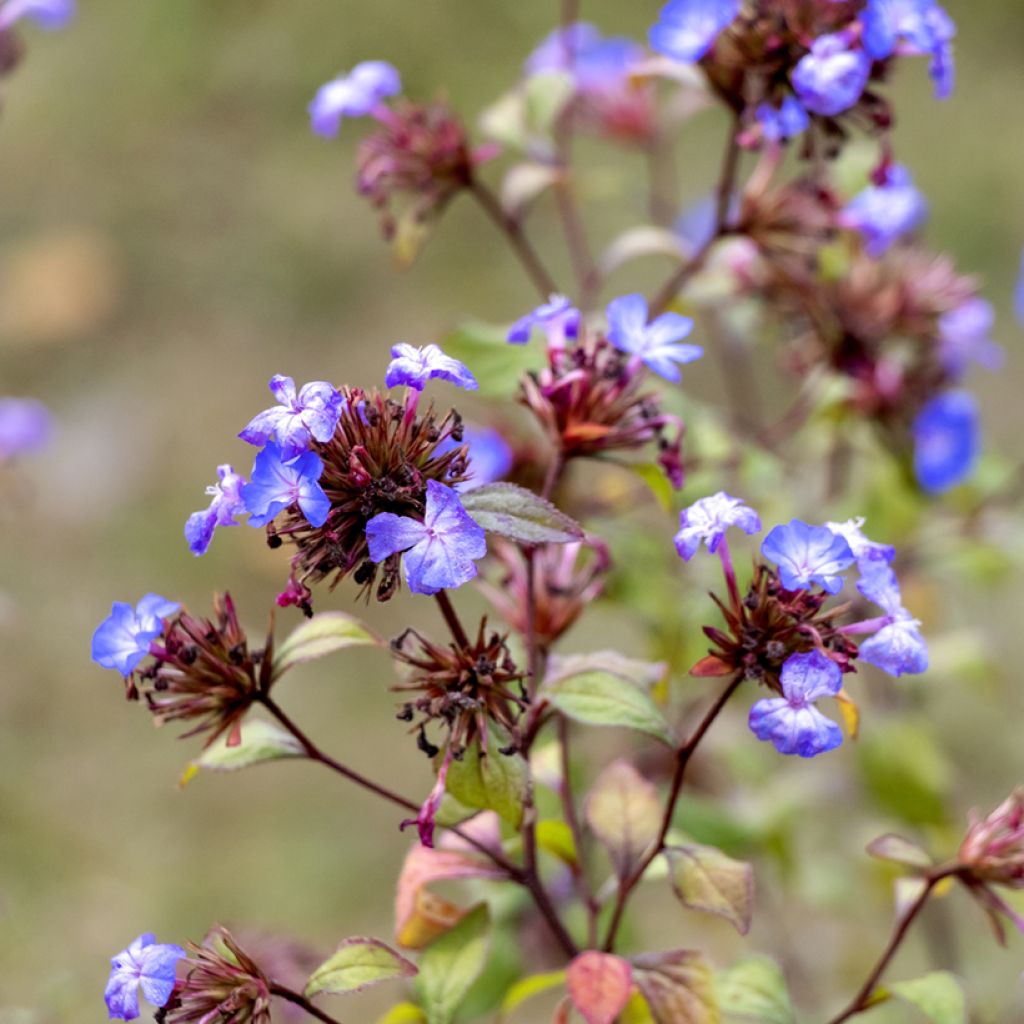

Ceratostigma willmottianum


Ceratostigma willmottianum


Ceratostigma willmottianum


Ceratostigma willmottianum
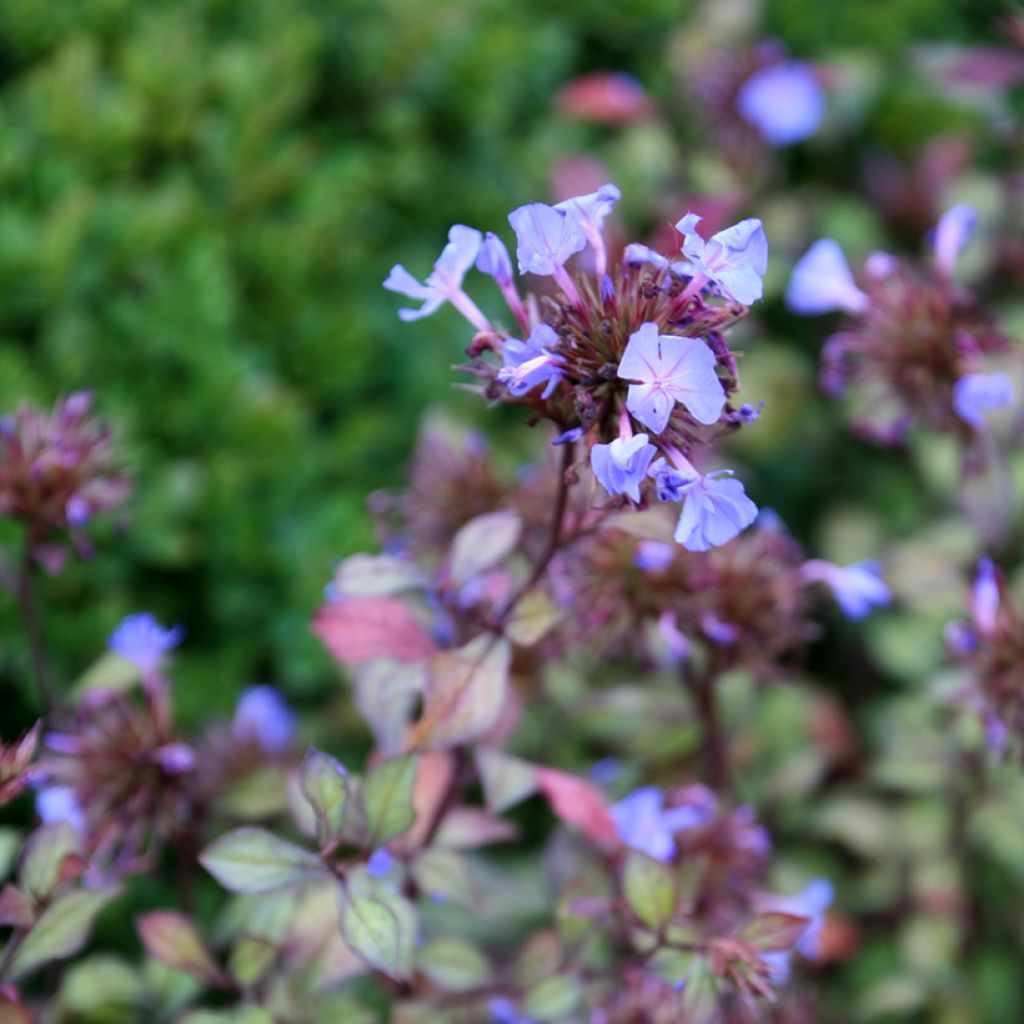

Ceratostigma willmottianum
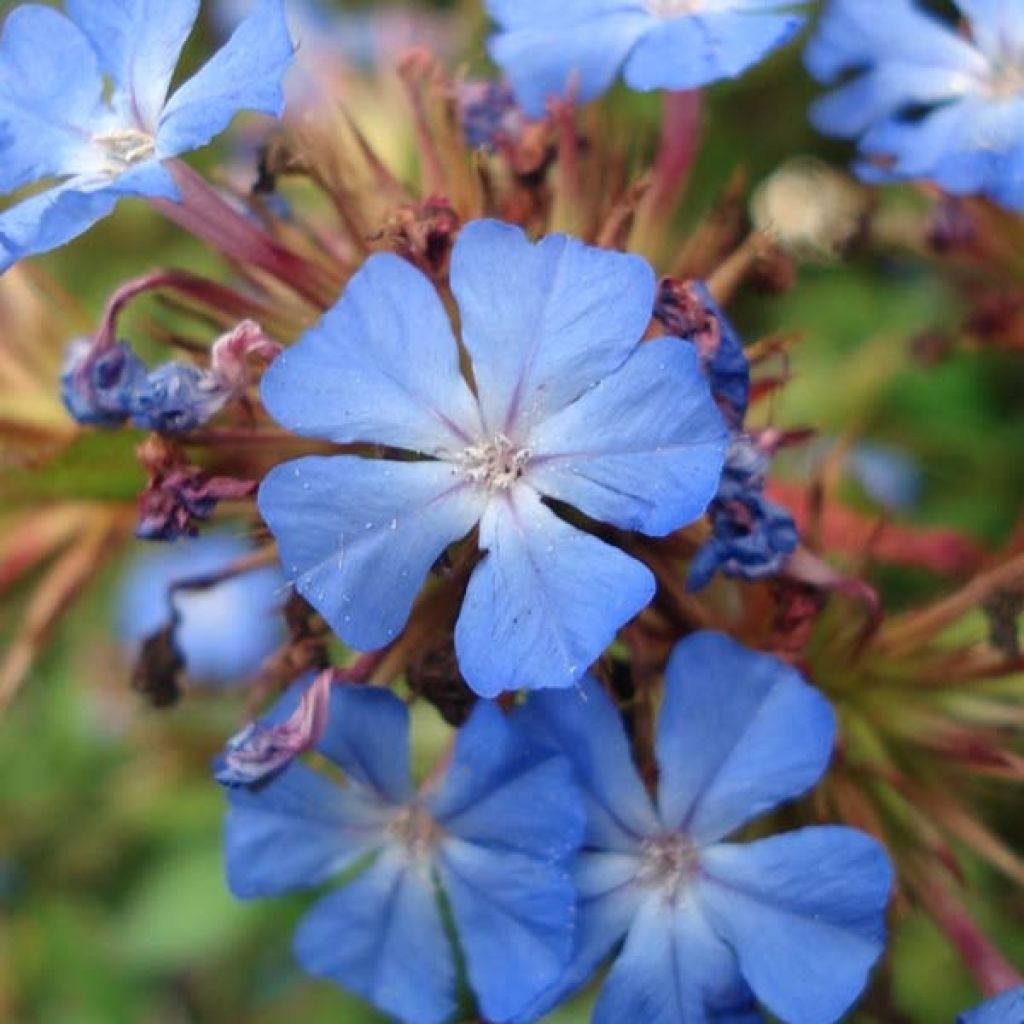

Ceratostigma willmottianum


Ceratostigma willmottianum


Ceratostigma willmottianum
Ceratostigma willmottianum
Ceratostigma willmottianum
Chinese plumbago, Hardy plumbago, Blue plumbago, Leadwort, Willmott's plumbago
is already in flower in its first year of planting. Planted alongside the two I already had, it creates a lovely blue corner.
JEAN-MARIE, 12/09/2024
This plant carries a 24 months recovery warranty
More information
We guarantee the quality of our plants for a full growing cycle, and will replace at our expense any plant that fails to recover under normal climatic and planting conditions.
From €5.90 for pickup delivery and €6.90 for home delivery
Express home delivery from €8.90.


Does this plant fit my garden?
Set up your Plantfit profile →
Description
The Ceratostigma willmottianum, also known as Willmott's Plumbago, is a late-flowering bush that is interesting for its magnificent autumn colours, as well as its low requirements for soil and watering. Its small blue flowers bloom on a bronze-green foliage that becomes dazzling at the end of the season, creating a stunning colour combination. In well-drained soil, the plant can withstand brief frosts of around -14 °C.
The Ceratostigma willmottianum, sometimes called Leadwort or Willmott's Plumbago, belongs to the Plumbaginaceae family. It is a deciduous shrub native to western China and Tibet that thrives in sun and warmth, as well as in draining, chalky soils. Its honourable hardiness depends on the humidity of the soil in winter. It is a slightly suckering shrub, with a flexible habit and somewhat loose, spreading growth, reaching around 1 m (3 ft 4 in) in height and 1.50 m (4 ft 11 in) in width.
Its growth is quite fast. The foliage is deciduous, falling in late autumn and reappearing quite late in spring. The small leaves have an oval shape that approaches that of a diamond and are covered with fine hairs on the top and bottom. Their colour changes from medium green in spring to bronze-green to yellowish-green in summer, then turns red from September onwards. From July until the frosts, it produces a myriad of tubular flowers with 5 petals, of a particularly vibrant blue. In autumn, the foliage, which has turned purple-red, combines perfectly with the blue flowers.
This Willmott's Plumbago is an excellent plant for flower beds. It will thrive in most areas, except for the cold and dry ones in summer. In the garden, plant it with yellow flowers (Coreopsis Sunray, goldenrods, heleniums) or with white, mauve, and pink asters. Pink groundcover roses with slightly blurred shapes like The Fairy, Mareva, or Emera will also look beautiful, along a path or in front of taller bushes. Companion planting with fuchsia, orange, or red flowering shrubby salvias is gorgeous. If bright colours are not your thing, pair them with a Powis Castle artemisia to calm down this colourful composition!
Report an error about the product description
Ceratostigma willmottianum in pictures




Plant habit
Flowering
Foliage
Botanical data
Ceratostigma
willmottianum
Plumbaginaceae
Chinese plumbago, Hardy plumbago, Blue plumbago, Leadwort, Willmott's plumbago
China
Other Ceratostigma
Planting and care
If you want to grow Willmott's Ceratostigma, plant it in soil that drains well, preferably in a sunny spot protected from cold winds. If your soil is heavy and clayey, it gets wet in winter, so mix compost and gravel or river sand to improve drainage. Another option is to plant it in a raised bed or rockery. This plant is easy to grow but avoid severe cold and excessive drought. You can also grow it in a pot with good compost for flowering plants enriched with slow-release fertiliser. If you grow it in a pot, water regularly, but let the surface of the soil dry slightly between waterings. Although it doesn't need much water, Willmott's Ceratostigma can't go more than three months without it in hotter climates. If you live in these areas, consider planting its close relative, Griffiths' Ceratostigma. It's better adapted to these conditions, looks very similar, and can survive without water for longer periods.
Planting period
Intended location
Care
-
, onOrder confirmed
Reply from on Promesse de fleurs
Shrubs for pots
Haven't found what you were looking for?
Hardiness is the lowest winter temperature a plant can endure without suffering serious damage or even dying. However, hardiness is affected by location (a sheltered area, such as a patio), protection (winter cover) and soil type (hardiness is improved by well-drained soil).

Photo Sharing Terms & Conditions
In order to encourage gardeners to interact and share their experiences, Promesse de fleurs offers various media enabling content to be uploaded onto its Site - in particular via the ‘Photo sharing’ module.
The User agrees to refrain from:
- Posting any content that is illegal, prejudicial, insulting, racist, inciteful to hatred, revisionist, contrary to public decency, that infringes on privacy or on the privacy rights of third parties, in particular the publicity rights of persons and goods, intellectual property rights, or the right to privacy.
- Submitting content on behalf of a third party;
- Impersonate the identity of a third party and/or publish any personal information about a third party;
In general, the User undertakes to refrain from any unethical behaviour.
All Content (in particular text, comments, files, images, photos, videos, creative works, etc.), which may be subject to property or intellectual property rights, image or other private rights, shall remain the property of the User, subject to the limited rights granted by the terms of the licence granted by Promesse de fleurs as stated below. Users are at liberty to publish or not to publish such Content on the Site, notably via the ‘Photo Sharing’ facility, and accept that this Content shall be made public and freely accessible, notably on the Internet.
Users further acknowledge, undertake to have ,and guarantee that they hold all necessary rights and permissions to publish such material on the Site, in particular with regard to the legislation in force pertaining to any privacy, property, intellectual property, image, or contractual rights, or rights of any other nature. By publishing such Content on the Site, Users acknowledge accepting full liability as publishers of the Content within the meaning of the law, and grant Promesse de fleurs, free of charge, an inclusive, worldwide licence for the said Content for the entire duration of its publication, including all reproduction, representation, up/downloading, displaying, performing, transmission, and storage rights.
Users also grant permission for their name to be linked to the Content and accept that this link may not always be made available.
By engaging in posting material, Users consent to their Content becoming automatically accessible on the Internet, in particular on other sites and/or blogs and/or web pages of the Promesse de fleurs site, including in particular social pages and the Promesse de fleurs catalogue.
Users may secure the removal of entrusted content free of charge by issuing a simple request via our contact form.
The flowering period indicated on our website applies to countries and regions located in USDA zone 8 (France, the United Kingdom, Ireland, the Netherlands, etc.)
It will vary according to where you live:
- In zones 9 to 10 (Italy, Spain, Greece, etc.), flowering will occur about 2 to 4 weeks earlier.
- In zones 6 to 7 (Germany, Poland, Slovenia, and lower mountainous regions), flowering will be delayed by 2 to 3 weeks.
- In zone 5 (Central Europe, Scandinavia), blooming will be delayed by 3 to 5 weeks.
In temperate climates, pruning of spring-flowering shrubs (forsythia, spireas, etc.) should be done just after flowering.
Pruning of summer-flowering shrubs (Indian Lilac, Perovskia, etc.) can be done in winter or spring.
In cold regions as well as with frost-sensitive plants, avoid pruning too early when severe frosts may still occur.
The planting period indicated on our website applies to countries and regions located in USDA zone 8 (France, United Kingdom, Ireland, Netherlands).
It will vary according to where you live:
- In Mediterranean zones (Marseille, Madrid, Milan, etc.), autumn and winter are the best planting periods.
- In continental zones (Strasbourg, Munich, Vienna, etc.), delay planting by 2 to 3 weeks in spring and bring it forward by 2 to 4 weeks in autumn.
- In mountainous regions (the Alps, Pyrenees, Carpathians, etc.), it is best to plant in late spring (May-June) or late summer (August-September).
The harvesting period indicated on our website applies to countries and regions in USDA zone 8 (France, England, Ireland, the Netherlands).
In colder areas (Scandinavia, Poland, Austria...) fruit and vegetable harvests are likely to be delayed by 3-4 weeks.
In warmer areas (Italy, Spain, Greece, etc.), harvesting will probably take place earlier, depending on weather conditions.
The sowing periods indicated on our website apply to countries and regions within USDA Zone 8 (France, UK, Ireland, Netherlands).
In colder areas (Scandinavia, Poland, Austria...), delay any outdoor sowing by 3-4 weeks, or sow under glass.
In warmer climes (Italy, Spain, Greece, etc.), bring outdoor sowing forward by a few weeks.






































